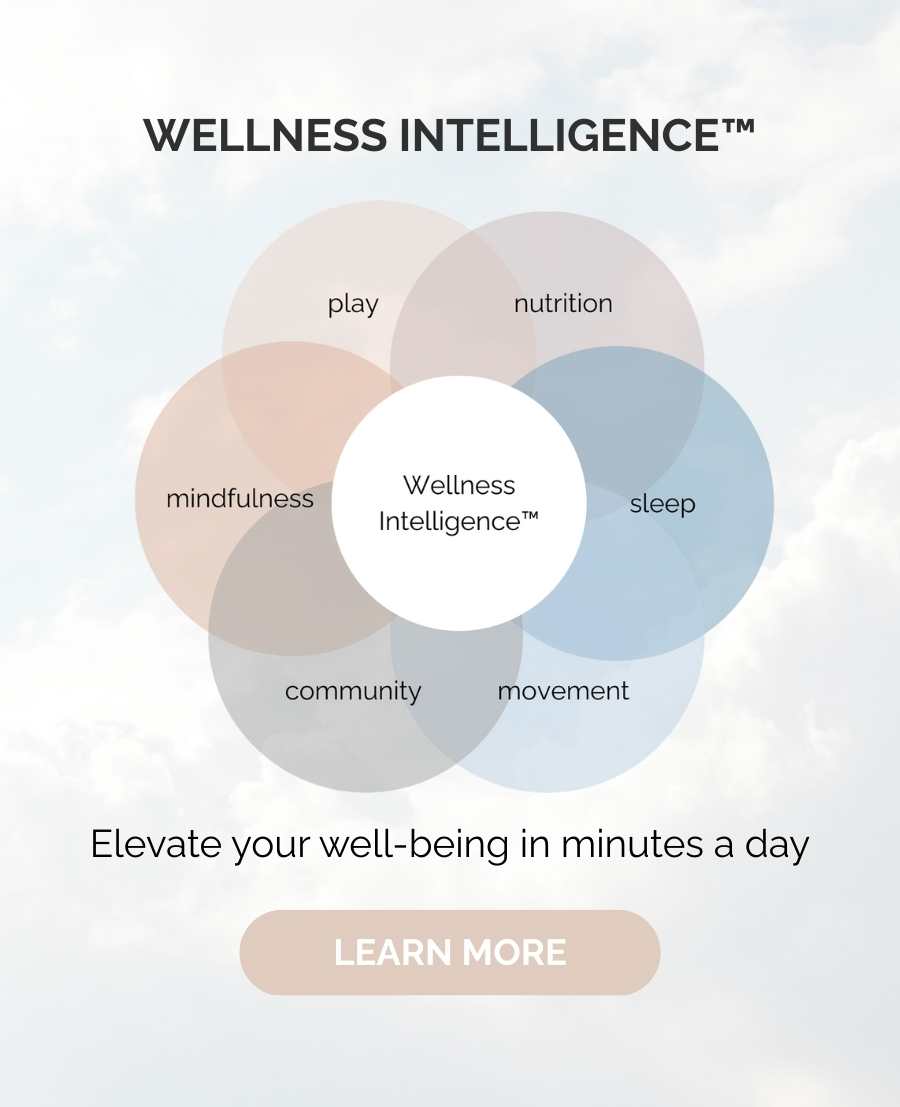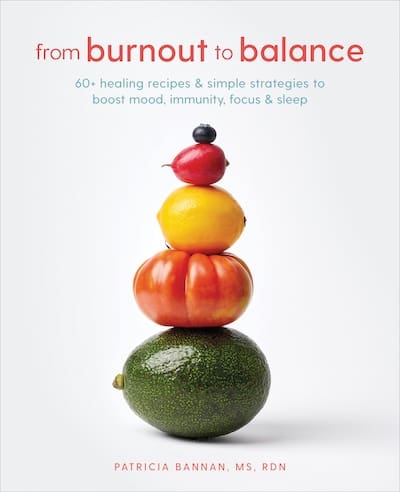Knowing the benefits of eating more vegetables is one thing, but finding enjoyable ways to do so can be a challenge. So I’ve gathered ten simple strategies to help you eat more vegetables, and the health rewards that come with it.
Did you know that only 9% of adults eat the recommended amount of vegetables per day? You’ve probably heard that vegetables are super important foods to add to your plate, so much so they should account for half of your plate at each meal.
Plus, eating the veggies is only half the battle. Going to the grocery store to choose a variety of colorful vegetables, deciding how you want to prepare them, chopping them up, and seasoning them adds more time and decision-making to your routine.
Many of my clients are familiar with a wide range of vegetables, and even like eating them. But the execution of actually incorporating vegetables into their meals, especially with their busy schedules, is often a barrier.
How Many Servings of Vegetables Are Recommended Per Day
It’s valuable to know how to increase your intake of vegetables. But what amount are you aiming for?
The recommended daily intake of vegetables varies depending on factors such as age, sex, and level of physical activity. A general guideline is to aim for at least 2 to 4 cups of vegetables per day for adults.
|
Gender |
Age |
Cups of Vegetables |
|
Women |
19-30 |
2½ to 3 |
|
31-59 |
2 to 3 |
|
|
60+ |
2 to 3 |
|
|
Men |
19-30 |
3 to 4 |
|
31-59 |
3 to 4 |
|
|
60+ |
2½ to 3½ |
This recommendation is based on dietary guidelines provided by organizations such as the U.S. Department of Agriculture (USDA) and the American Heart Association (AHA). It’s essential to consume a variety of vegetables to ensure you’re getting a diverse range of nutrients.
How Eating More Vegetables Can Improve Health
To start, it’s worth highlighting why having a goal to eat more vegetables is even worth your while. Incorporating more veggies into your diet is crucial for overall health and well-being.
Vegetables are rich in essential nutrients, fiber, and antioxidants that:
- support heart health
- promote a healthy gut microbiome
- lower the risk of chronic diseases such as cancer
- aid in weight management
- contribute to overall vitality.
By including a variety of vegetables in your meals, you can enhance your nutrient intake, improve digestive health, and enjoy numerous health benefits that contribute to a longer and healthier life.
10 Ways to Eat More Vegetables
Now that we’ve covered some key reasons why this is so important, here are some strategies to reach the daily vegetable targets each day.
1. Start Your Day Right with Veggie-Packed Breakfasts

Who says vegetables are just for lunch and dinner? This week, why not elevate your morning meal with some fresh produce? I enjoy adding Brussels sprouts to my morning eggs, but you can also incorporate beets into yogurt parfaits or tomatoes into savory oatmeal.
A few other ideas include:
- veggie omelet or frittata
- green smoothie
- avocado toast
2. Have a Flavor Party with Herbs
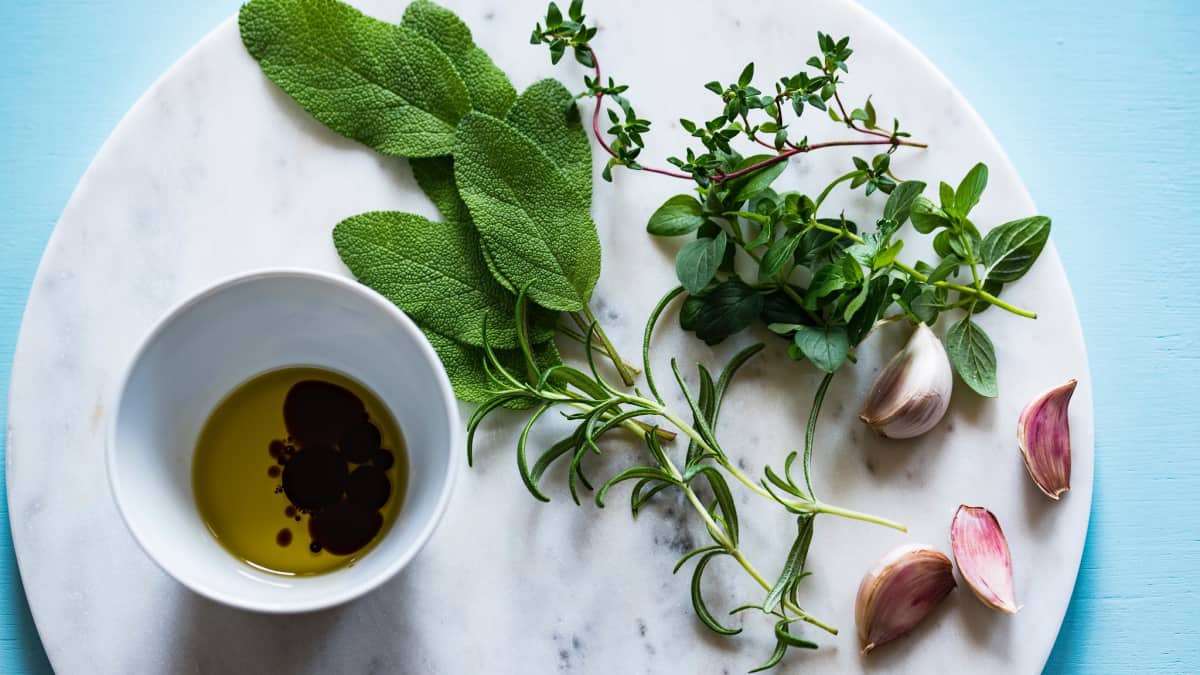
Did you know that fresh herbs count as vegetables? Not only do these provide incredible flavor to any dish, but they are also a low-calorie addition to your meal.
Here are a few ways to add them in:
- use basil in a pesto
- mash cilantro into a salsa
- add parsley or cilantro to your favorite soup
3. Replace Grains with Veggie Alternatives

Other creative grain swaps include:
- cauliflower rice
- spaghetti squash
- sweet potato toast
4. Integrate Veggies into Favorite Dishes

Tips to incorporating vegetables into favorite dishes:
- add mushrooms to burger patties
- add zucchini to spaghetti sauce
- add sweet potatoes to soup
Each of these will help increase vegetable intake without sacrificing flavor.
5. Add Veggies to Your Smoothies
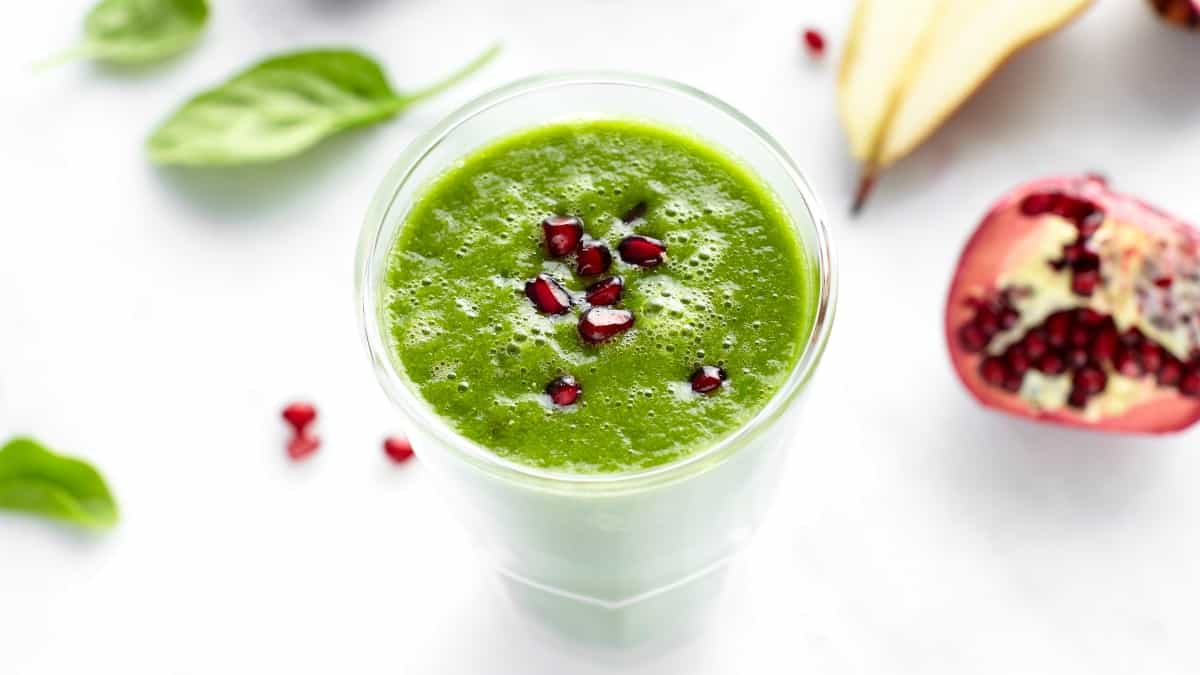
Adding vegetables to a smoothie is an easy way to increase your produce intake. Adding spinach (or your favorite leafy green) or zucchini to your morning smoothie will not only give it additional color, but it will pump up the nutrition and overall flavor.
This is where frozen vegetables can be extra handy. By keeping a variety of these veggies stocked in the freezer, you’ll effortlessly incorporate at least one veggie serving into your first meal.
Consider stocking up on:
- Spinach
- Kale
- Cucumber
- Beets
- Zucchini
- Pumpkin
6. Grill to Enhance Flavors

Instead of eating raw vegetables for dinner (not so appealing!), consider grilling them for a sweeter flavor profile. While an outdoor grill might be the primary option, you can also experiment with a grill pan or toaster oven indoors.
Personally, kebabs are my favorite dinner choice whenever the weather turns nice. They offer a quick and family-friendly meal option that encourages everyone to enjoy more vegetables.
Some of the most popular vegetables to grill include:
- asparagus: wonderful smoky flavor and slightly crisp texture
- bell peppers: bring out their natural sweetness
- zucchini: becomes tender with a slightly crispy exterior
7. Make Veggie-Centric Meals
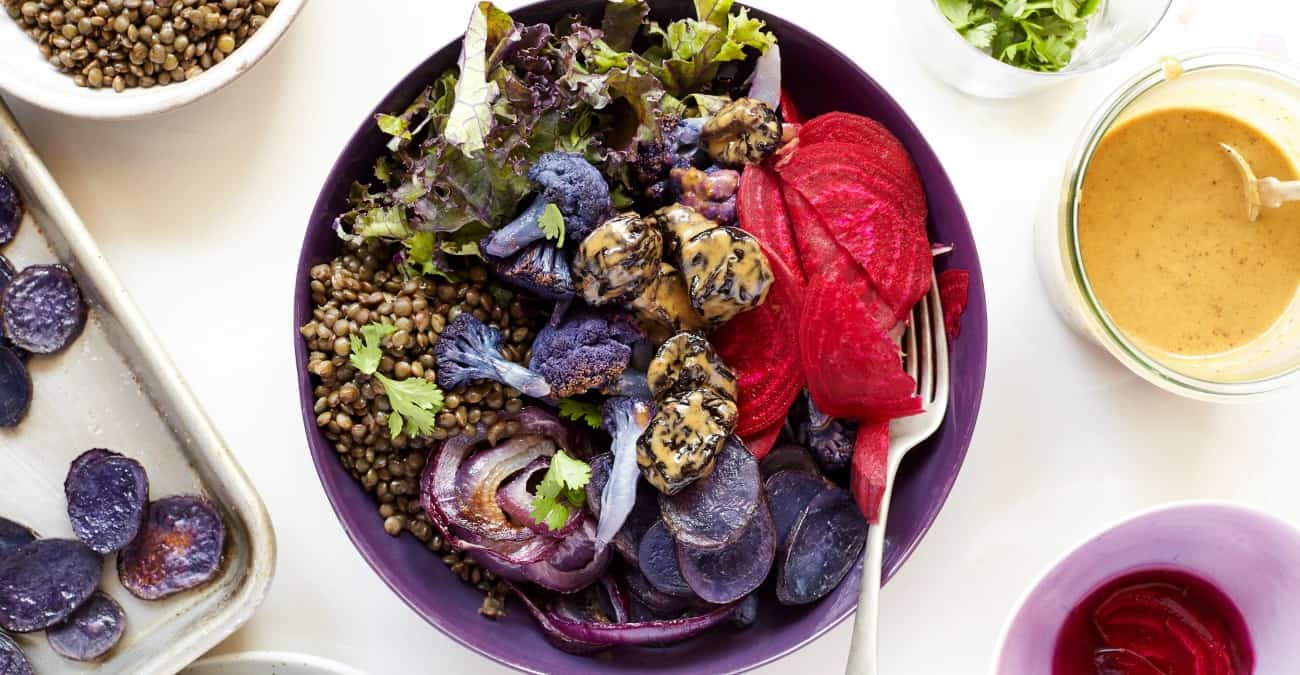
8. Enhance Favorite Foods with Veggies

If you’re seeking fresh, exciting ways to enhance your favorite foods, load up on vegetables and savor the new flavor combinations.
If sandwiches are your go-to, experiment with additional vegetables like radishes, bell peppers, or cucumbers to add an extra crunch and burst of freshness. Or, if you’re a pizza enthusiast, consider topping your favorite pie with a variety of raw or grilled vegetables to elevate its nutrition profile.
9. Top Protein with Veggies
10. Satisfy Your Sweet Cravings with Veggie-Infused Treats

Other examples of treats that work in veggies to the mix include:
Stay Inspired to Eat More Vegetables
This post has been updated since its original publish date in April 2018.
References
- CDC. Only 1 in 10 Adults Get Enough Fruits or Vegetables. Centers for Disease Control and Prevention. Published February 16, 2021. Accessed February 8, 2024. https://www.cdc.gov/nccdphp/dnpao/images/news/shopping-for-produce.jpg
- Tang GY, Meng X, Li Y, Zhao CN, Liu Q, Li HB. Effects of Vegetables on Cardiovascular Diseases and Related Mechanisms. Nutrients. 2017;9(8):857. Published 2017 Aug 10. doi:10.3390/nu9080857
- van der Merwe M. Gut microbiome changes induced by a diet rich in fruits and vegetables. Int J Food Sci Nutr. 2021;72(5):665-669. doi:10.1080/09637486.2020.1852537
- Turati F, Rossi M, Pelucchi C, Levi F, La Vecchia C. Fruit and vegetables and cancer risk: a review of southern European studies. Br J Nutr. 2015;113 Suppl 2:S102-S110. doi:10.1017/S0007114515000148
- Nour M, Lutze SA, Grech A, Allman-Farinelli M. The Relationship between Vegetable Intake and Weight Outcomes: A Systematic Review of Cohort Studies. Nutrients. 2018;10(11):1626. Published 2018 Nov 2. doi:10.3390/nu10111626
- USDA MyPlate Vegetables Group – One of the Five Food Groups. Accessed February 8, 2024. https://www.myplate.gov/eat-healthy/vegetables


 Instead of topping your fish or chicken with a cream sauce, consider using vegetables such as onions, mushrooms, tomatoes, or bell peppers. Not only will they contribute loads of flavor and nutrients, but they will also “volumize” your meal, helping you feel fuller on fewer calories.
Instead of topping your fish or chicken with a cream sauce, consider using vegetables such as onions, mushrooms, tomatoes, or bell peppers. Not only will they contribute loads of flavor and nutrients, but they will also “volumize” your meal, helping you feel fuller on fewer calories.


